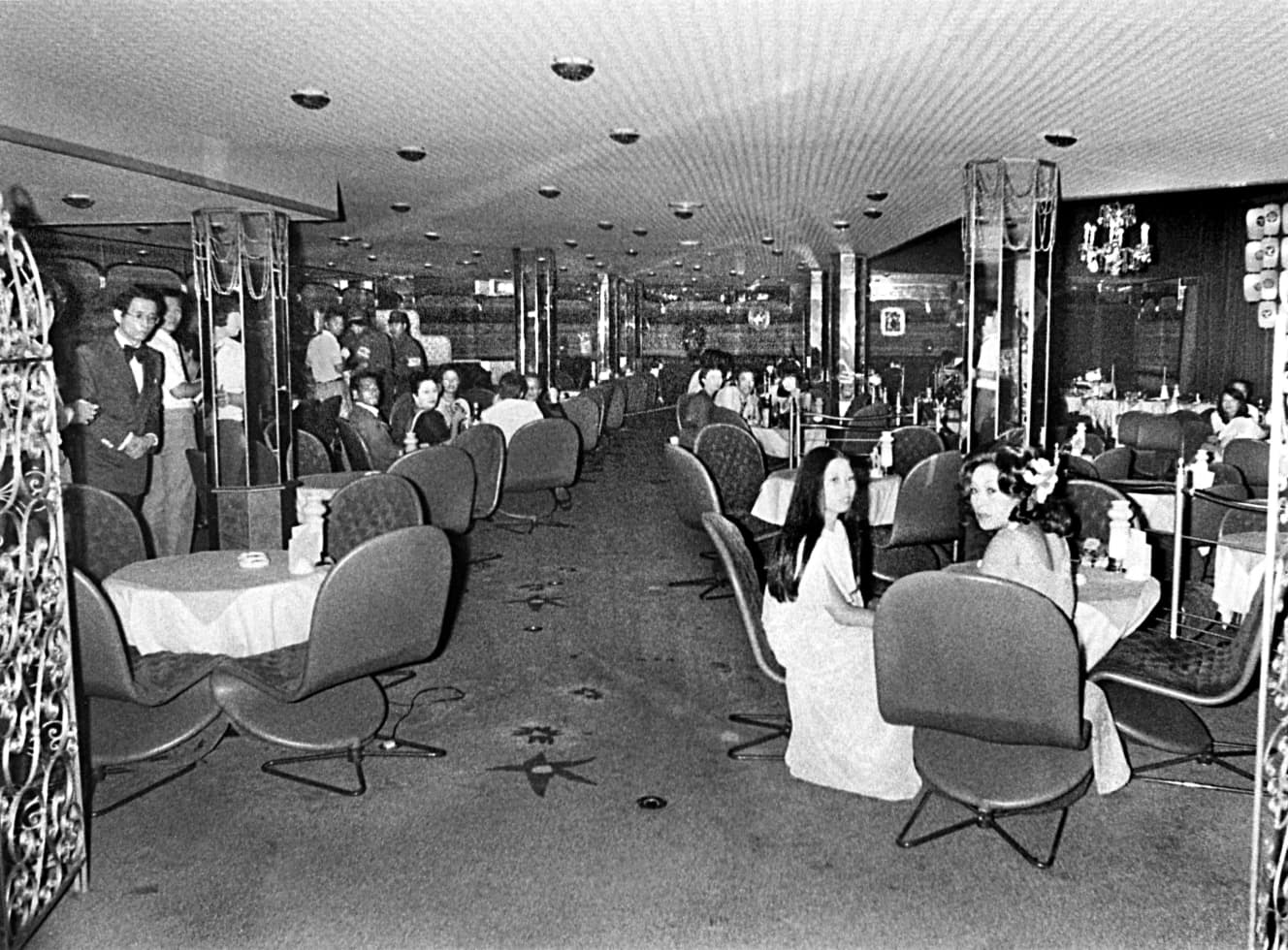The deep reason why a Former Organized Crime Division police detective started taking pictures of “yakuza tattoos
The origins lie in an incident over 40 years ago.

Tattoos have become popular among young people as a part of fashion, perhaps due to the influence of popular Western musicians and movie actors. However, partly due to the influence of yakuza movies, people generally think of gang members as having tattoos on their backs. In fact, many gang leaders have tattoos on their backs, some on their entire upper body, from the entire back to the wrists, and some on their chests and arms.
Tattoos are considered a traditional practice, which gang leaders describe as “a way of separating themselves from the rest of society. On the other hand, some Marutoh agents have continued to photograph the tattoos of gang leaders from the perspective of the police authorities. Yuichi Sakurai, who has been investigating gangster crimes for nearly 40 years at the Organized Crime Department of the Tokyo Metropolitan Police Department, and who recently published “Maru-Riot: A Detective in Charge of the Metropolitan Police Department’s Gangs” (Shogakukan Shinsho ) after retiring, talked about the reasons for his decision.
The man who shot the head of the Yamaguchi-gumi
Even if the hoshi (suspect) I arrested were to be killed and dumped somewhere, I felt that I would not leave him ‘without a soul,’ so I explained this to the yakuza before taking his picture.
Mr. Sakurai emphasized the reason why he has been photographing the tattoos on the backs of gang leaders in this way.
The reason he started taking pictures was the July 1978 attack on the third Yamaguchi-gumi leader. Kazuo Taoka, the leader of the Yamaguchi-gumi at the time, was relaxing at the club “Berami” in Kyoto when Kiyoshi Narumi, a member of the Matsuda-gumi, a gang that was in a state of confrontation, fired a pistol at Taoka. The bullet grazed Taoka’s neck. After the incident, Narumi’s whereabouts were unknown, but in September of the same year, he was found dead in the mountains of Mount Rokko in Kobe City.
The Yamaguchi-gumi, formed in 1915, was initially just a local organization in the city of Kobe, but after Taoka became the third leader in 1946, shortly after the war, the organization expanded nationwide and engaged in conflicts with other gangster organizations in various regions, rapidly expanding its organization. In the Yamaguchi-gumi, now in its sixth generation, Taoka is still regarded as a charismatic deity.

That is why the shock of “Taoka was shot” was so great, and the retaliation from the Yamaguchi-gumi side to the Matsuda-gumi at that time was also fierce. The rivalry between the Yamaguchi-gumi and the Matsuda-gumi was known as the “Osaka War,” and the attack on Taoka was long passed down as the “Bellamy Incident.
Narumi’s body had his fingerprints scraped off and his teeth knocked out so that his identity would not be revealed. In addition, since the murder took place in the high temperature of summer, the body was decomposed and it was thought to be difficult to identify. However, part of a tattoo on her back with a design of “Tennyo” (heavenly maiden) could be identified, which led to the discovery of her identity.
Why did only the tattoo remain?
In light of this incident, Mr. Sakurai said, “Even if a yakuza with whom I was involved was killed, I would stay with him to the end so that he would not become a Buddhist monk. I felt that I would take care of them until the end. I don’t know how they felt, but I’m sure they were convinced by the way I looked at them.
I photographed about 150 tattoos,” he said. ” Yakuza don’t want to hide their tattoos, but some of them want to show them. Some yakuza not only took off their clothes, but also dropped their pants, saying, ‘I’ll ask you to film me properly. Some even boasted about the tattoos on their backs, saying, ‘Isn’t it nice? The photos of the tattoos he took were recorded in a notebook along with the gang members’ documents.
In his book, Mr. Sakurai wrote of his determination at the time, “Even if the Hoshi I caught returned to yakuza society after the incident and met a death like Narumi’s, I would not let him go unnoticed.
Although the bodies were not identified by the tattoos, a senior police official who had been involved in investigating gang crimes for many years talked about a similar experience.
A long time ago, there was a trouble between two gangs, and the leader of one of the gangs went missing. When we interrogated the opposing yakuza leader, he admitted to the murder and confessed to burying him in the mountains.
Based on his confession, we went into the mountains and dug up the place where he was supposedly buried. Like the attacker of the third Yamaguchi-gumi leader, the body was almost completely decomposed. The tattoo on his back, however, was so well preserved that even the pattern was visible. The pigment in the tattoo was intact and had not decayed. I thought this was strange,” he recalled.
(Some titles omitted)
Reporting and writing: Masahiro Ojima
Non-fiction writer. Worked at the Sankei Shimbun, where he was in charge of the National Police Agency Press Club, the Metropolitan Police Department Cap, the Kanagawa Prefectural Police Cap, the Judicial Press Club, and the National Tax Agency Press Club, before going freelance. Author of "Kaizaiya to Bubble" (Bunshun Shinsho).